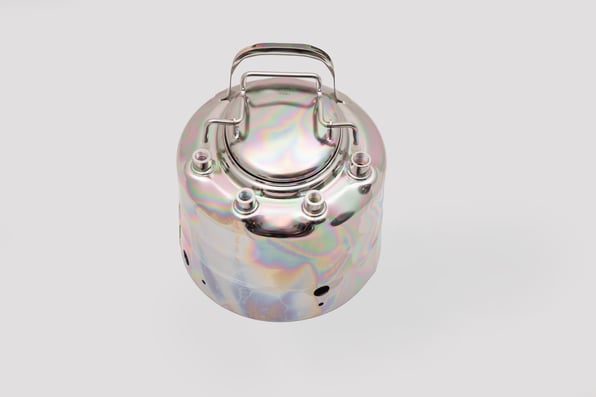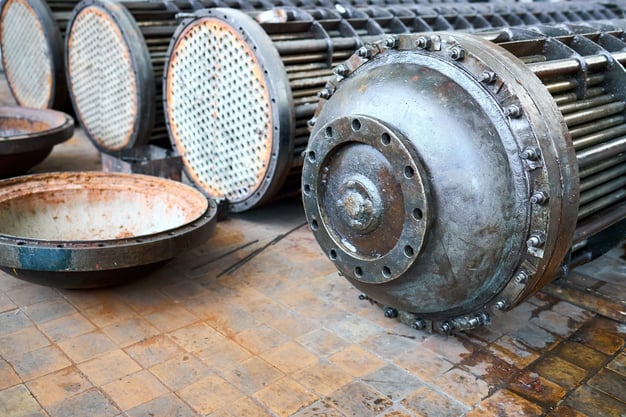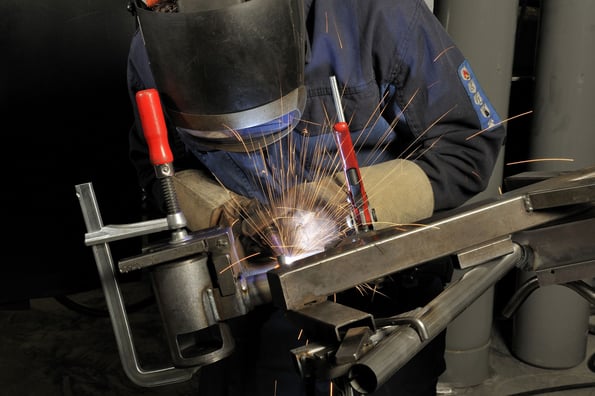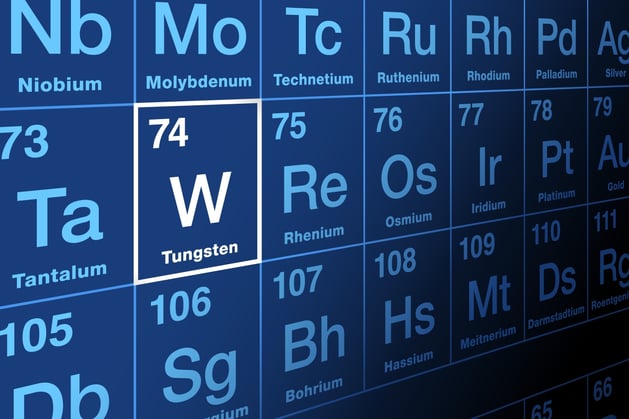When most people think of industrial coatings, they imagine floor paints, pipeline linings or anti-corrosion layers. But at SilcoTek, our CVD (chemical vapor deposition) coatings do far more, and on parts you may never have considered. We’ve built solutions to solve tough material and surface-interaction problems across industries.

In this post, we’ll explore four surprising categories of components that our coatings can (and do) serve, with a focus on why you might benefit from coating them, what you should know, and how to evaluate if they’re right for your application.
1. Storage & Transport Canisters and Cylinders
Often the unsung heroes of sampling, containment and transport systems.
You might think tanks, cylinders, or canisters are simply “metal boxes,” but did you know their inner surfaces can contribute significantly to contamination, adsorption, corrosion or reaction-loss of contents?
Why coating them matters:
- Minimizing adsorption or reaction of stored gas/vapor species with the canister walls (important for trace analysis or highly reactive media).
- Preventing metal ion leaching, or corrosion during transport/storage.
- Improving cleanliness, sample integrity, uptime and system reliability.
Considerations / Tips:
- Specify the substrate alloy (e.g., stainless, Hastelloy®, Monel® or others) as coating adhesion and effectiveness depend on substrate metallurgy.
- Ensure cleaning, passivation and pre-treatment are suitable before coating to maximise life. (SilcoTek offers guidance on design/fab/installation of coated parts.)
- If the cylinder will see pressure, temperature or welding after coating - note that joints, welds and high heat zones can affect the coating.

2. Heat Exchangers
You don’t always think “coat” when you see a bank of tubes or a shell-and-tube exchanger but these surfaces can benefit hugely from advanced coatings.
In a recent blog, we discussed how SilcoTek coatings combat fouling and coking in heat exchangers (and similar high-temperature equipment).
Why coating applies here:
- Fouling (deposits on heat-transfer surfaces) reduces efficiency, increases pressure drop and drives maintenance costs.
- Coking (especially in hydrocarbon processing, jet-fuel systems, refinery furnaces) is a specific fouling challenge that coatings like Dursan® and Notak® address.
- A coated surface can resist deposit build-up, stay cleaner longer, and therefore maintain higher transfer coefficients and lower downtime.
Key considerations:
- Ensure the temperature and chemical environment are compatible with the coating selected (many of our coatings tolerate extreme conditions, but you must review the spec).
- Accessibility: If the exchanger will be cleaned mechanically, or parts are being replaced, consider whether the coating can withstand the service conditions.
- Geometry: Complex internals may require special fixturing or arrangements to ensure uniform coating coverage.

3. Welded or Braze-Joined Assemblies
Many engineers assume “once you join parts, you can’t coat them” - but in fact, carefully handled welded, brazed or soldered parts can be coated with CVD coatings. We’ve covered this topic explicitly in our blog.
Why this is unexpected:
- The heat of welding/brazing often removes or compromises coatings; cleaning and finishing of the joint may interfere; accessibility inside assemblies becomes challenging.
- SilcoTek has technical guidance for when and how to coat after joining, or to sequence joining/coating steps for best outcome.
Key advice:
- Prefer vacuum nickel brazing when possible. SilcoTek found fewer defects/hazing in these joints.
- For welding: when high heat is applied, the heat-affected zone may remove coating 2-4 mm from the weld. Plan to weld first, then coat if possible. Check our material compatibility guide for recommended braze materials.
- Evaluate visual acceptability and performance: some hazing may appear in joint areas but should not affect coating performance.
- Consult the technical team early to avoid unexpected issues.

4. Exotic Alloys
You might think if you’re using stainless steel or a high-performance alloy, you’re done, but what if you could take “ordinary” materials up a notch by coating them?
SilcoTek’s brochure and website highlight that coatings like Silcolloy®, Dursan, etc., provide barrier, corrosion-resistance and inertness well beyond the base metal.
Why this is interesting:
- Rather than switching to a more exotic - and expensive - alloy, you might coat a more economical alloy and achieve the needed performance.
- Coating opens up new possibilities: you may see improved resistance to halogens, oxidizers, bio-fouling, adsorption, wear, etc.
Practical points:
- As with anything, substrate matters: the base alloy must be compatible with the coating process (CVD temperature, preparation, residual stress, etc.).
- Thicknesses are typically < 3 µm for many of our coatings, meaning minimal dimensional change.
- Specs: Understand service conditions (temperature, chemical environment, mechanical wear) and match the coating accordingly.

What Now?
If you’re reading this and thinking: “I never considered coating that part, because I thought coating was only for pipes or fittings…,” you’re not alone. One of the hallmarks of modern surface treatments is expanding the realm of what can be coated: from flow paths to high-temperature heat exchangers, to joined assemblies and sample cylinders.
Here are a few next step questions you can ask to explore whether coating might unlock value for your application:
- What surface interactions are hurting performance? (e.g., fouling, adsorption, corrosion, metal ion leach, wear)
- What is your substrate? Could a coating allow you to use a less expensive material?
- Are the geometries, joining methods, and service conditions compatible with a CVD coating process?
- What coating properties do you need? (Inertness, corrosion resistance, high temperature stability, hydrophobicity/low adhesion, etc.)
- What is the total cost of ownership? (Because coatings often reduce downtime, maintenance and scrap, not just upfront cost.)
Why SilcoTek Makes a Difference
At SilcoTek, we’re not just a coating vendor - we’re here to help you solve even the toughest surface challenges. A few important points:
- Our facility is ISO 9001:2015 certified and qualified to handle demanding high-performance coating applications.
- The blog and application resources demonstrate that we work across a broad spectrum of industries: semiconductor, analytical, life sciences, energy, and more.
- The more you know about your part, your service conditions and your surface challenge, the better we can help you select or design the “surprising” part for coating.
Final Thought
Don’t let assumptions limit your part-design or process-design thinking. Just because you haven’t thought of coating that part doesn’t mean it shouldn’t be coated. Whether you’re dealing with a sample cylinder, a welded manifold, a heat-exchanger core, or simply a stainless tube you’d like to get more life out of, it may be worth talking to the SilcoTek team.
If you’d like help assessing a part, evaluating coating compatibility, or understanding what coating might unlock for you, let’s talk!






